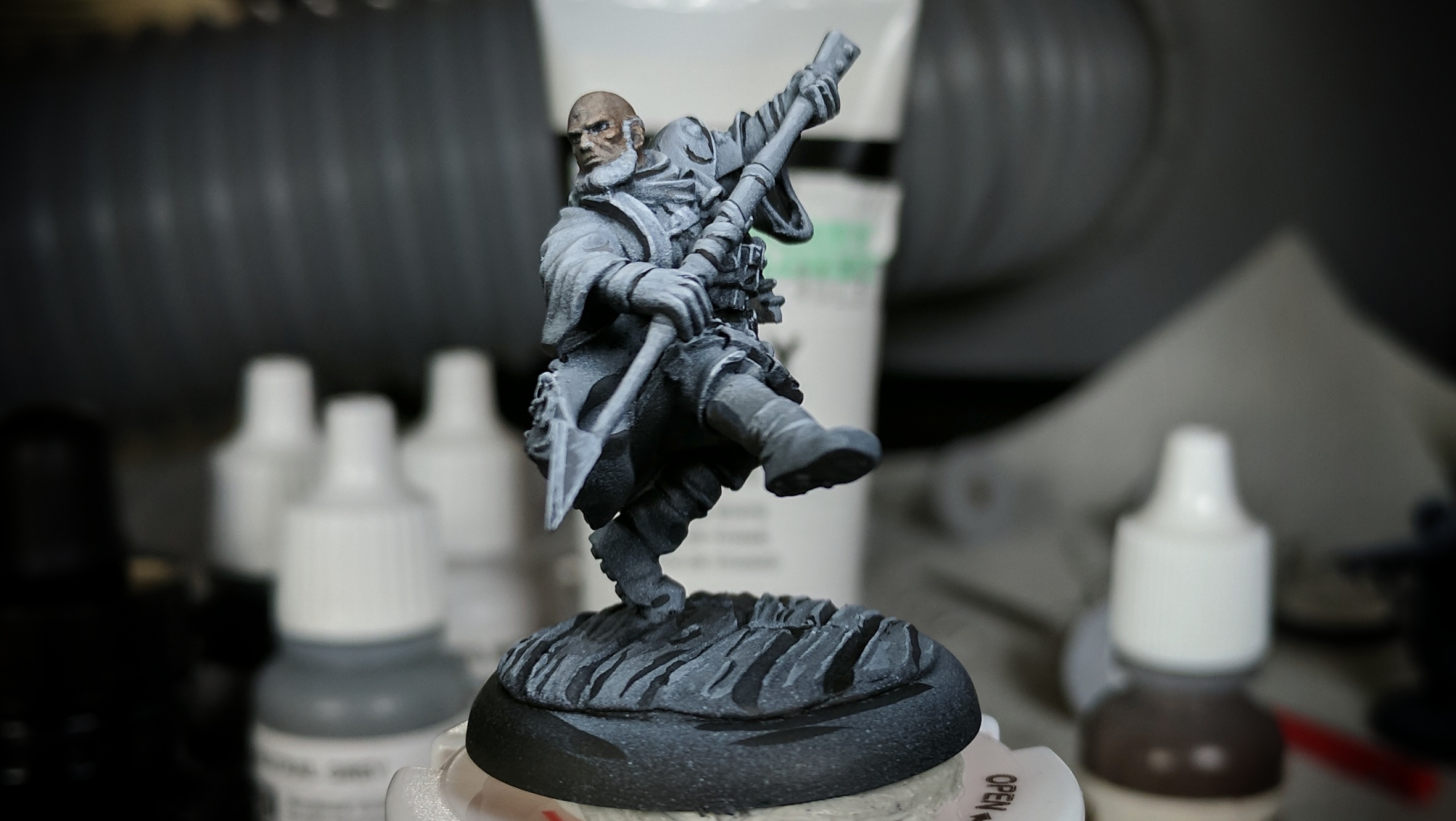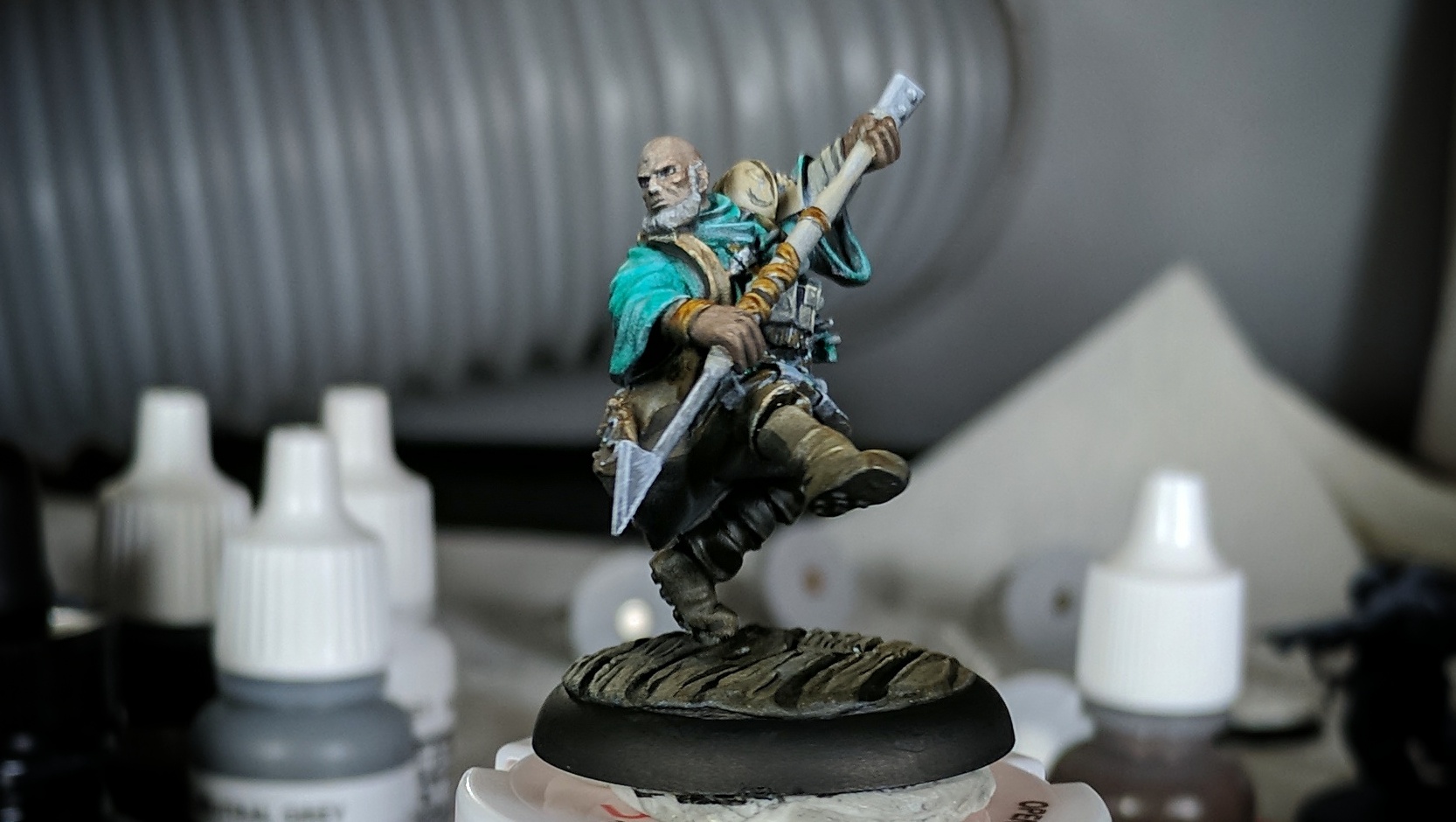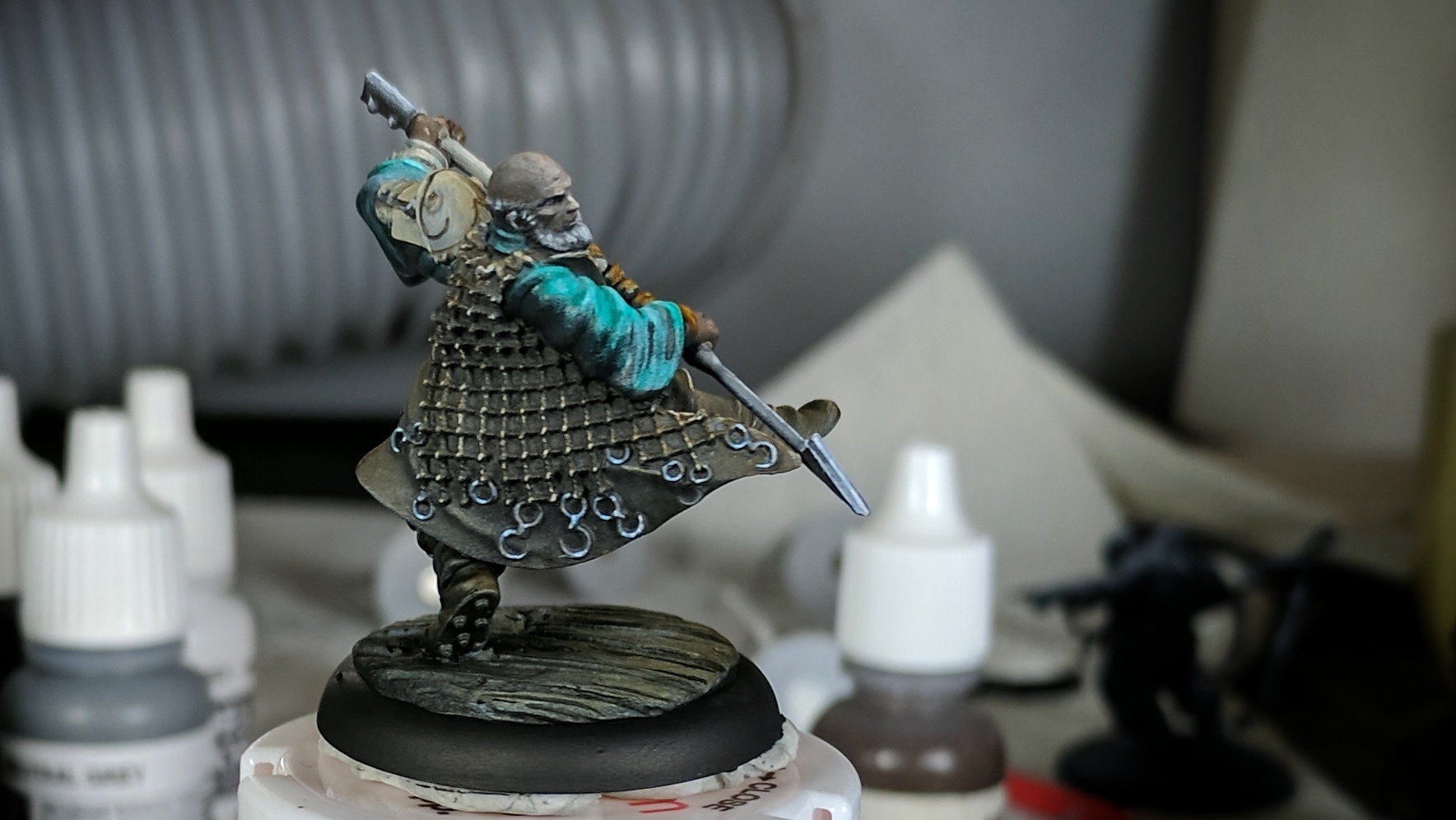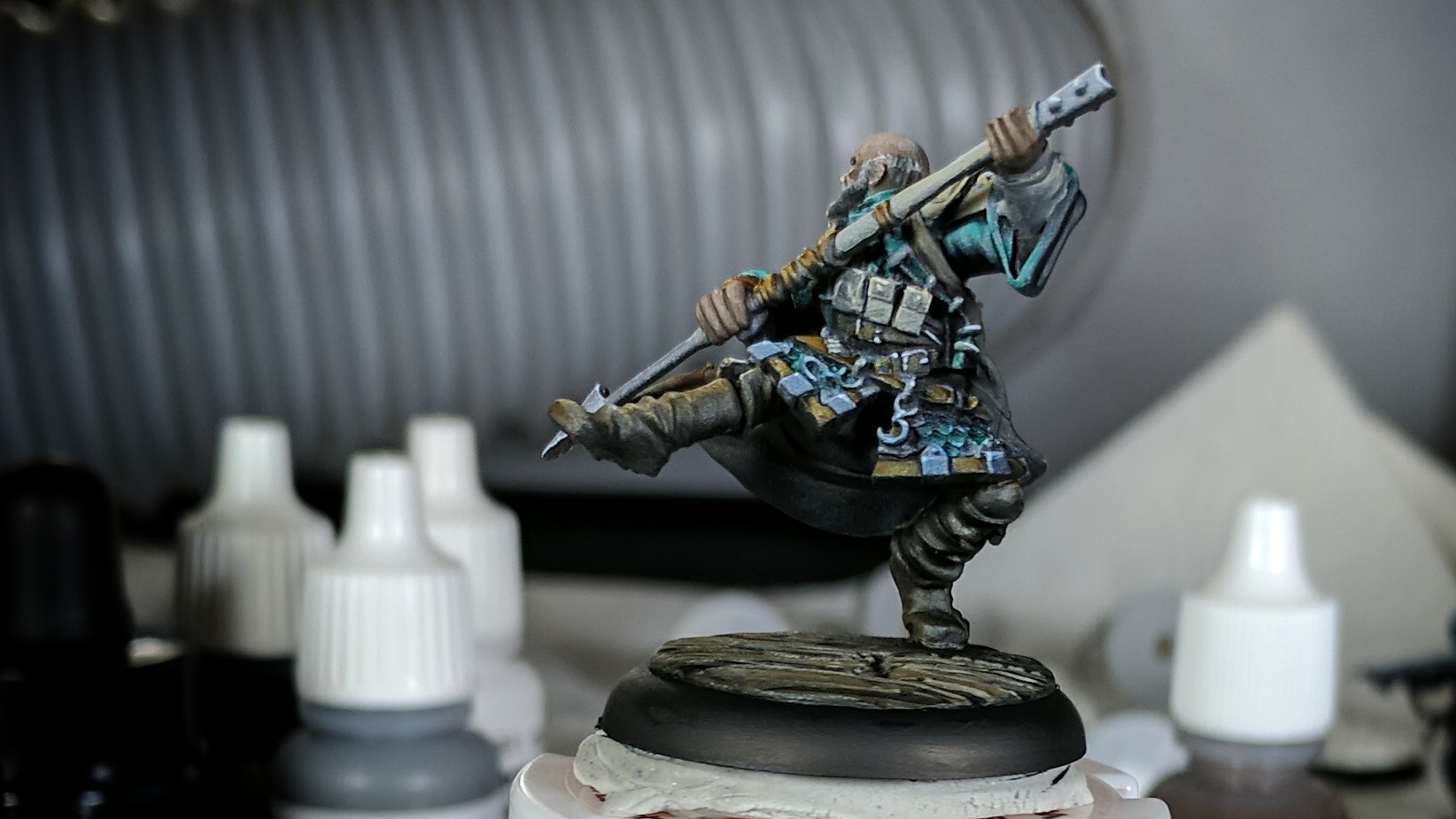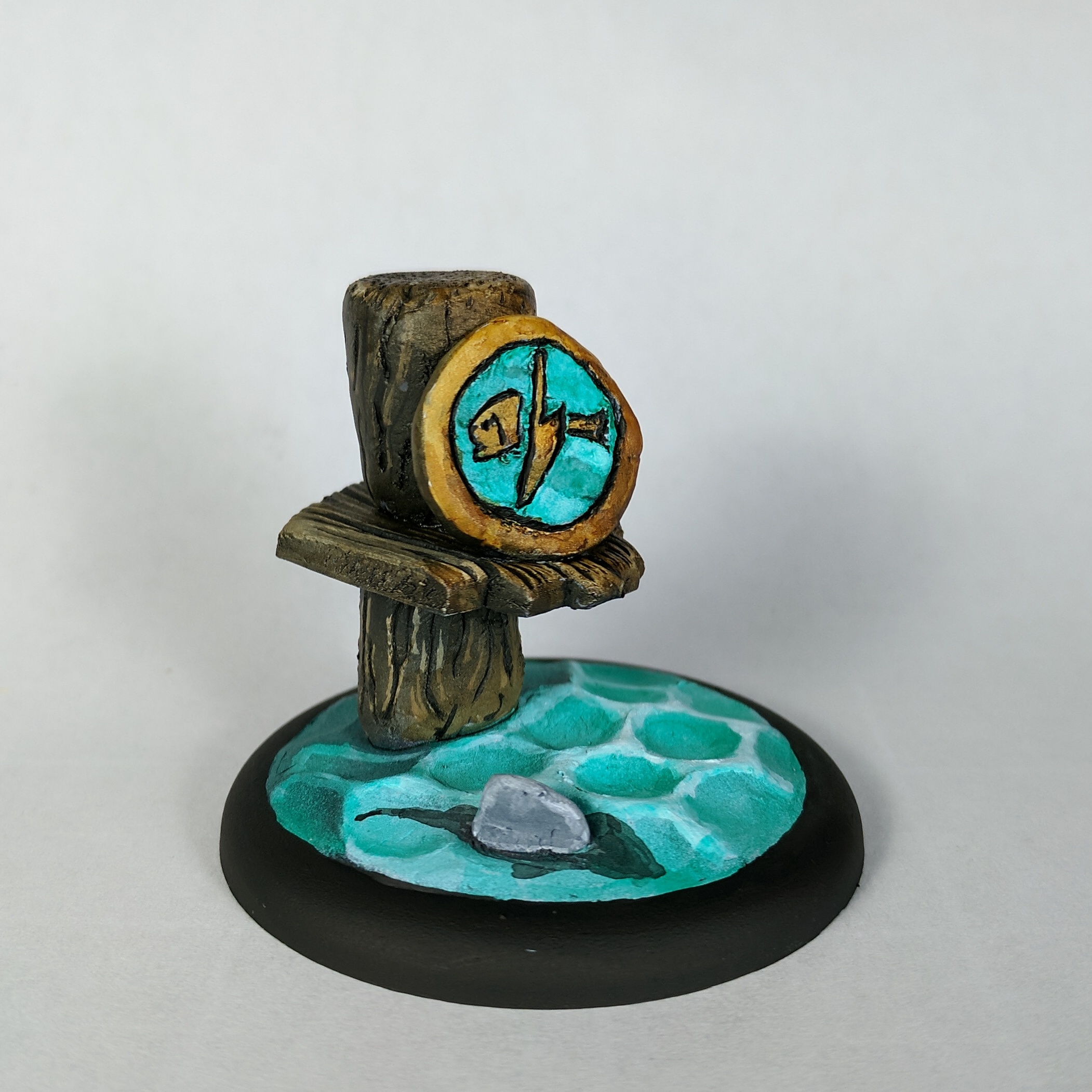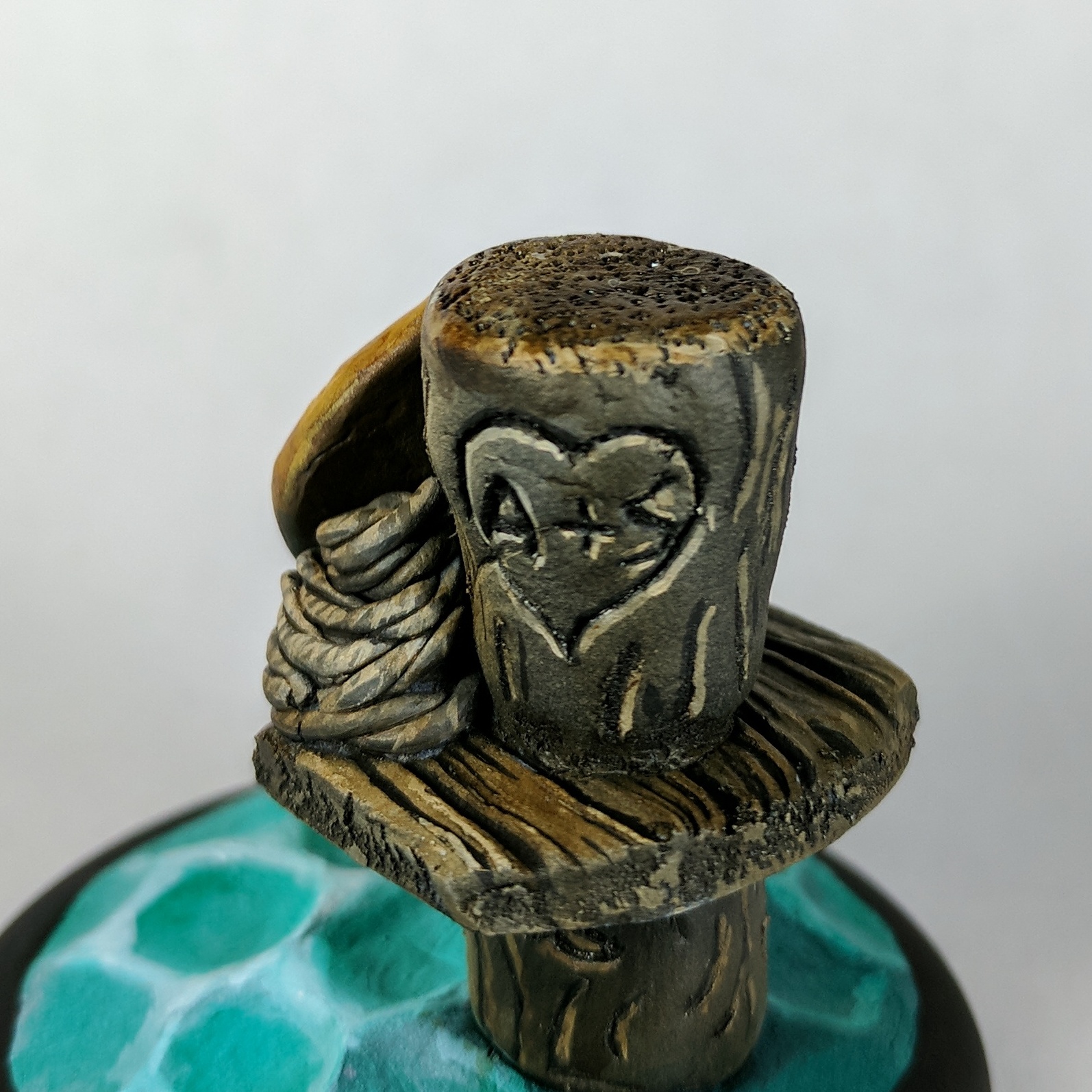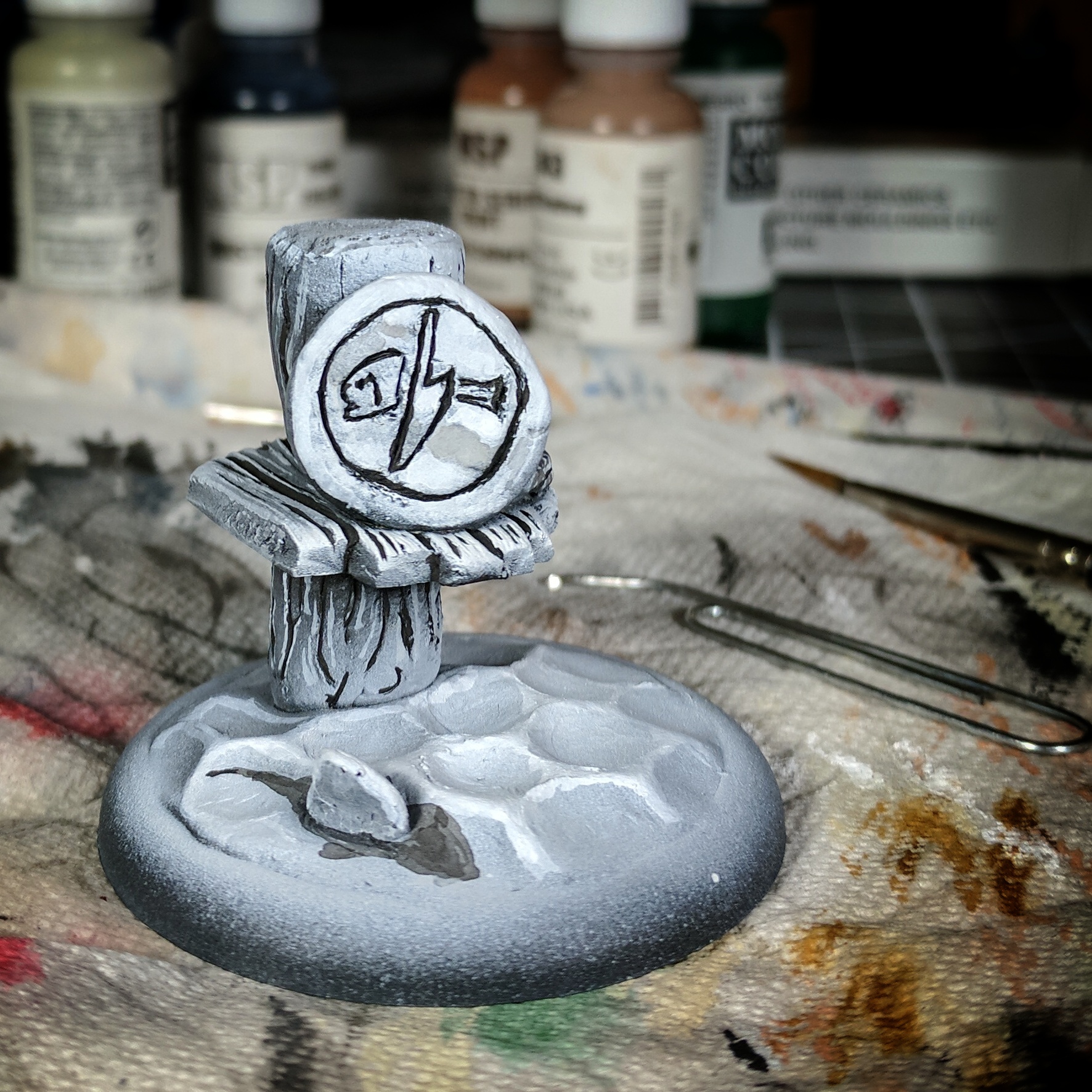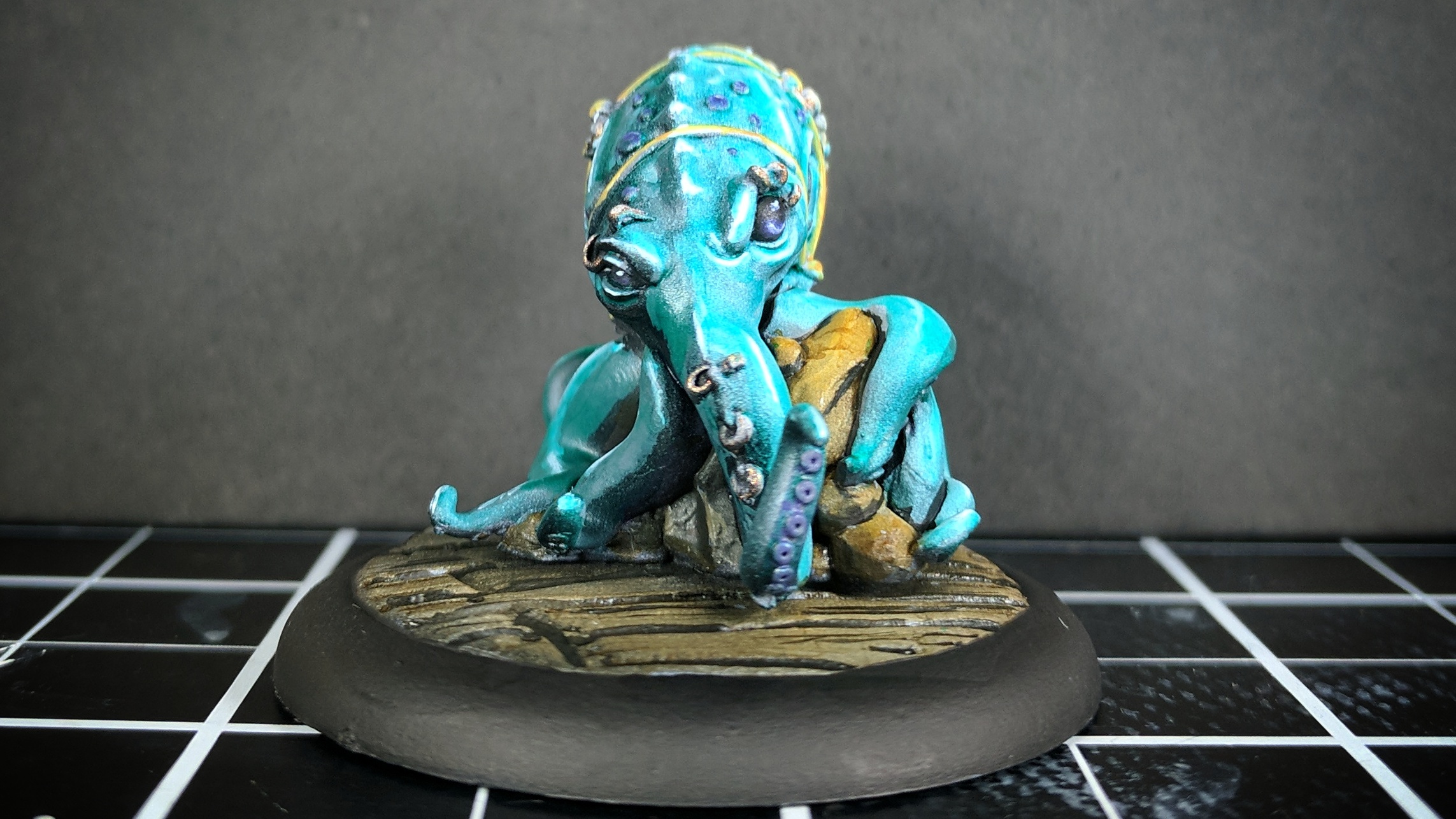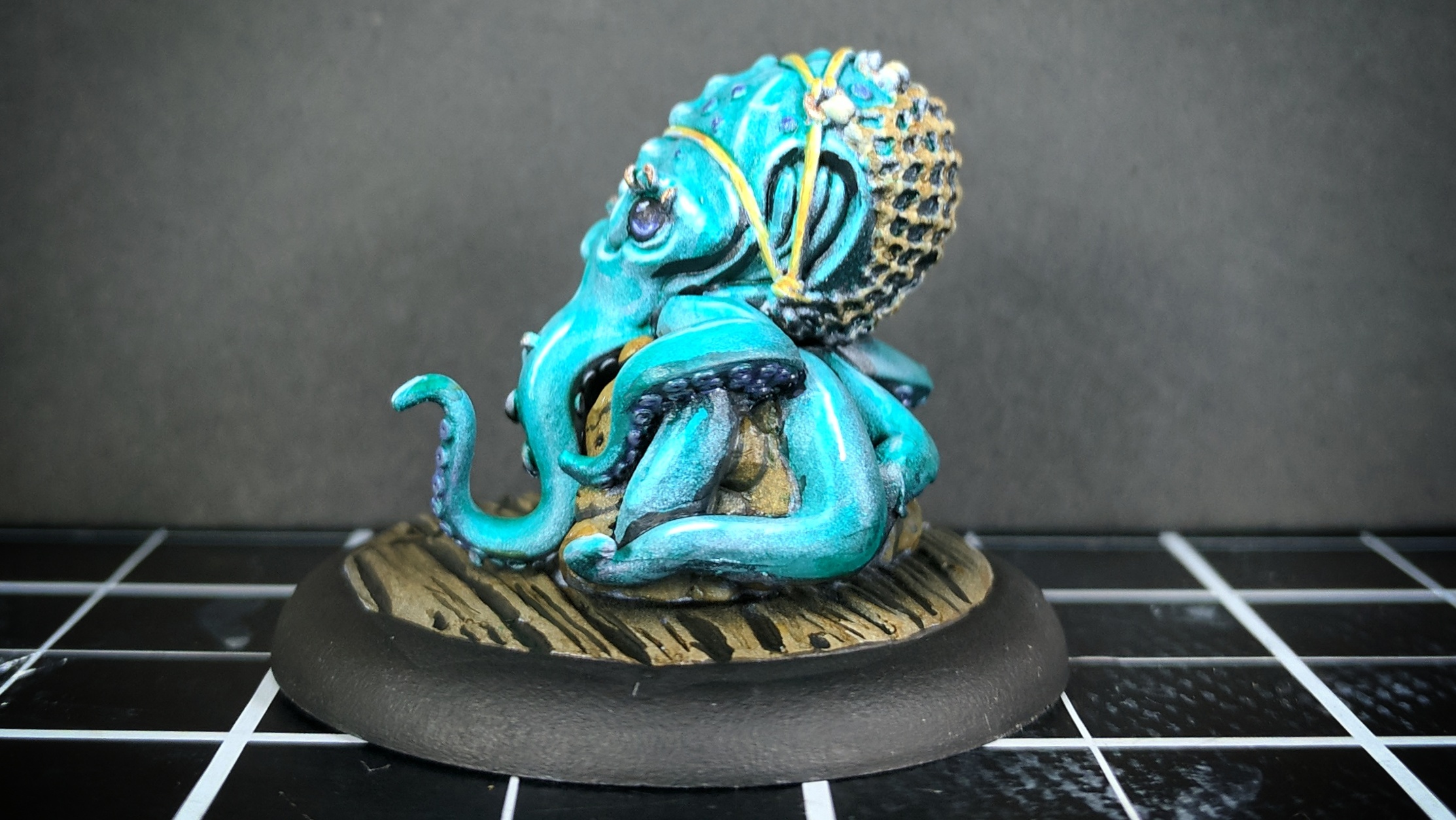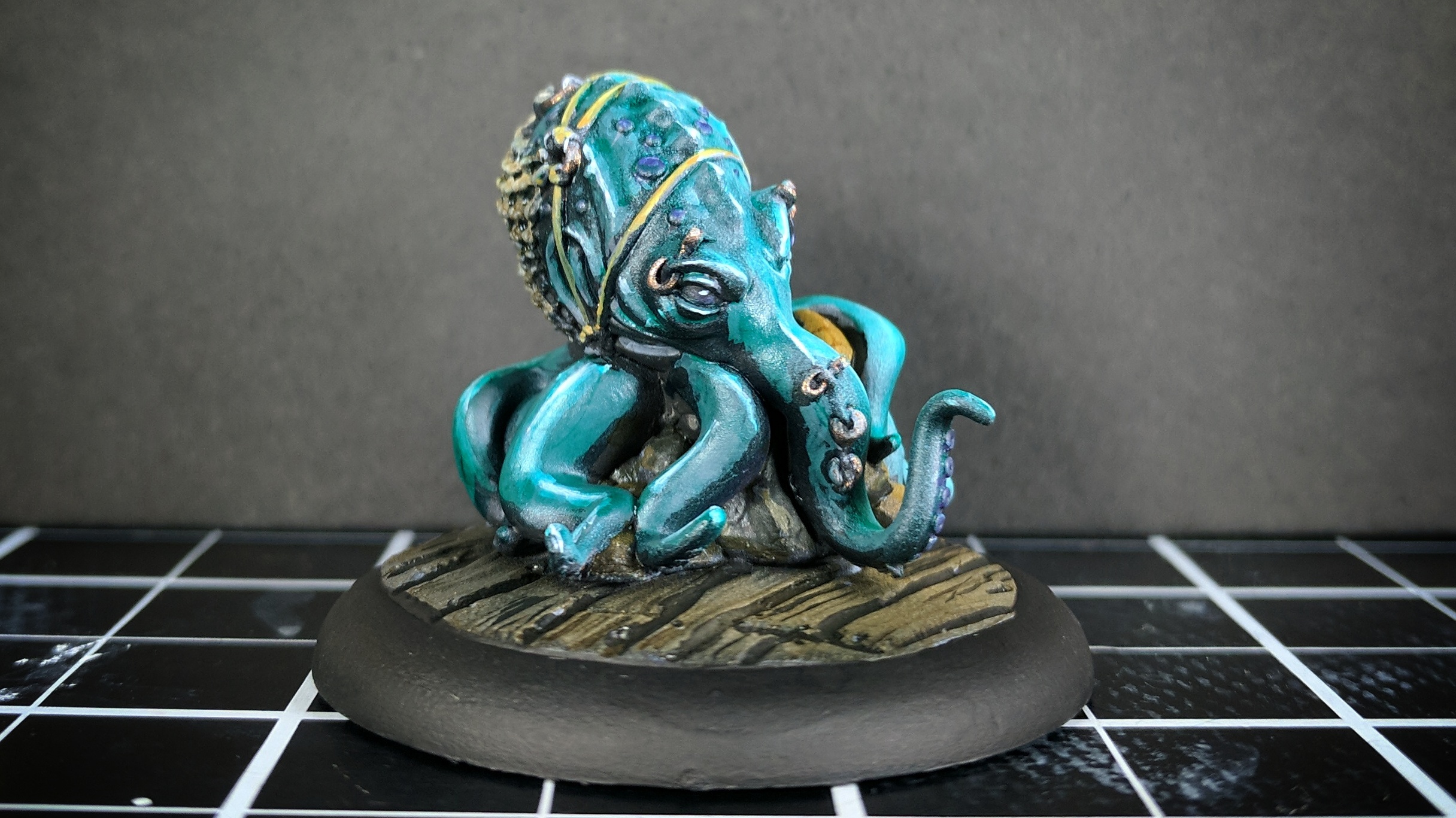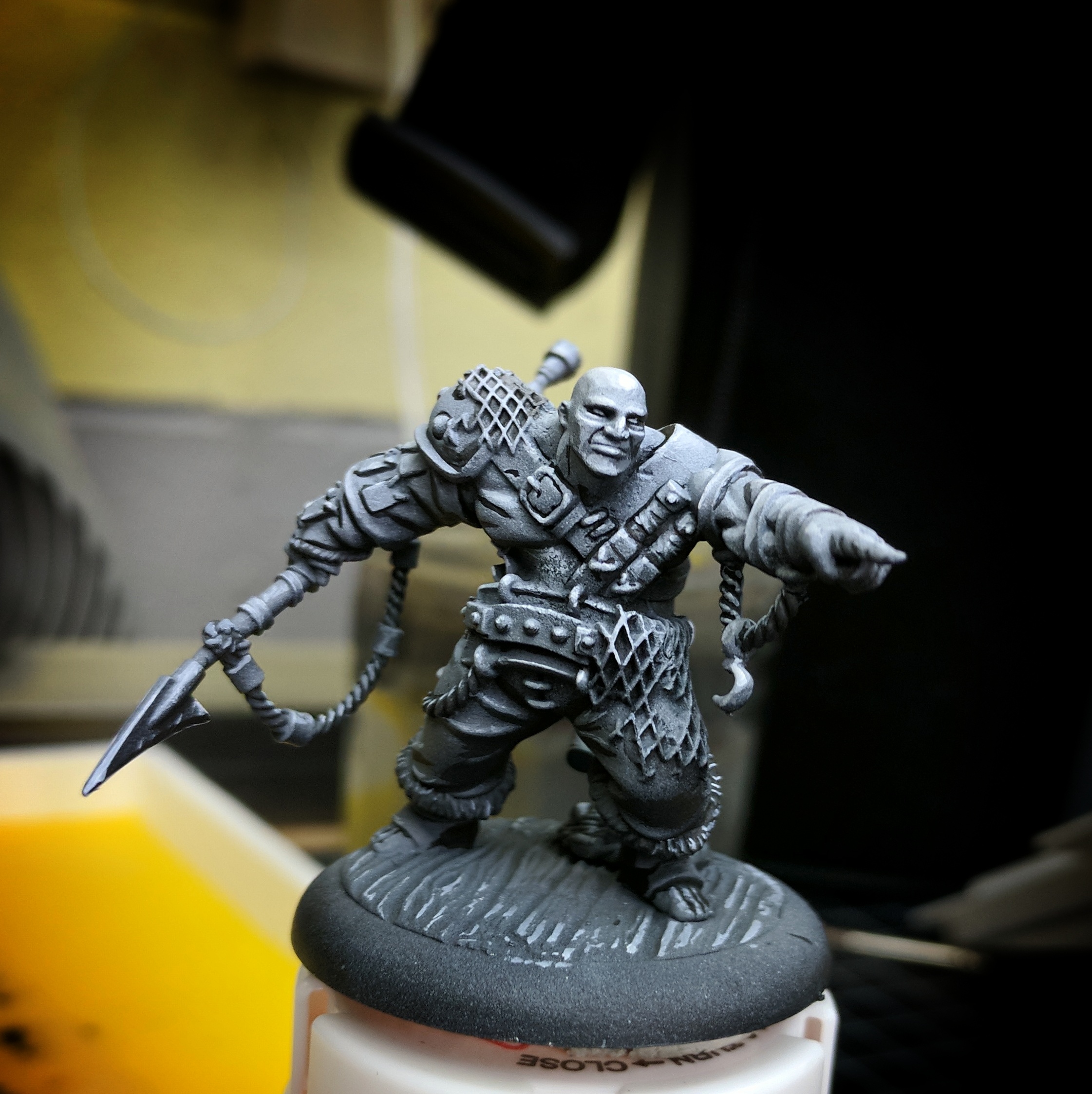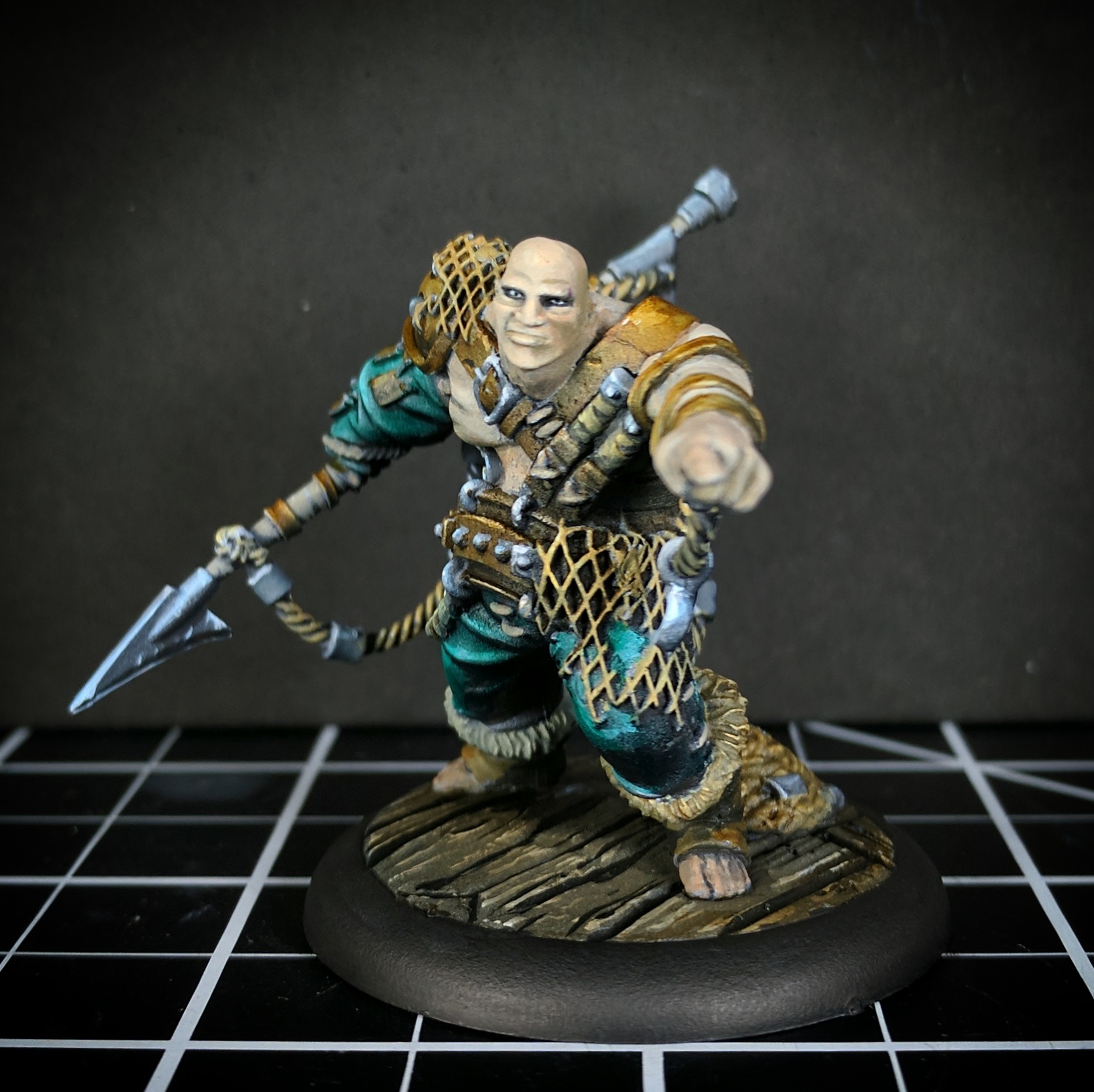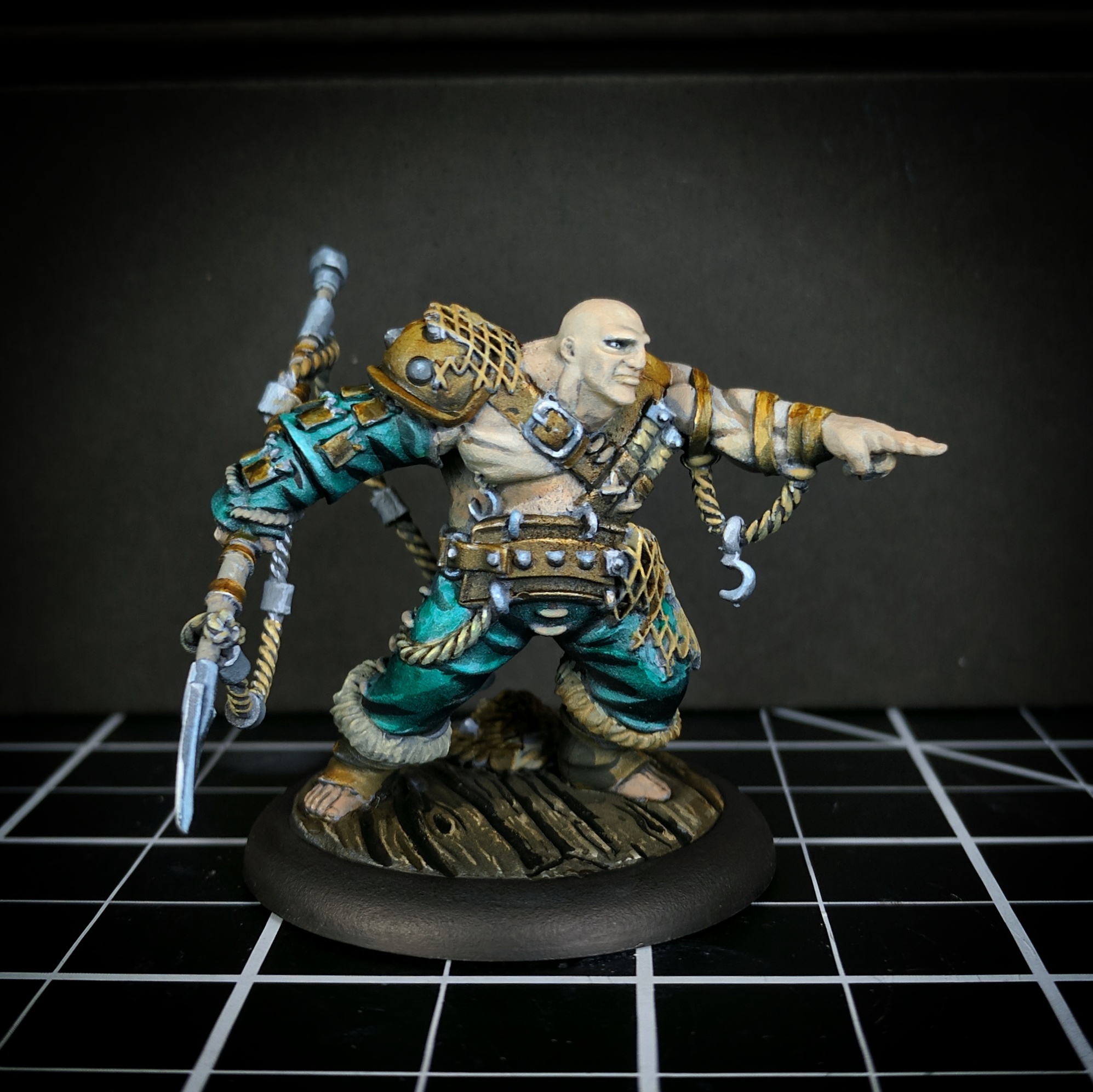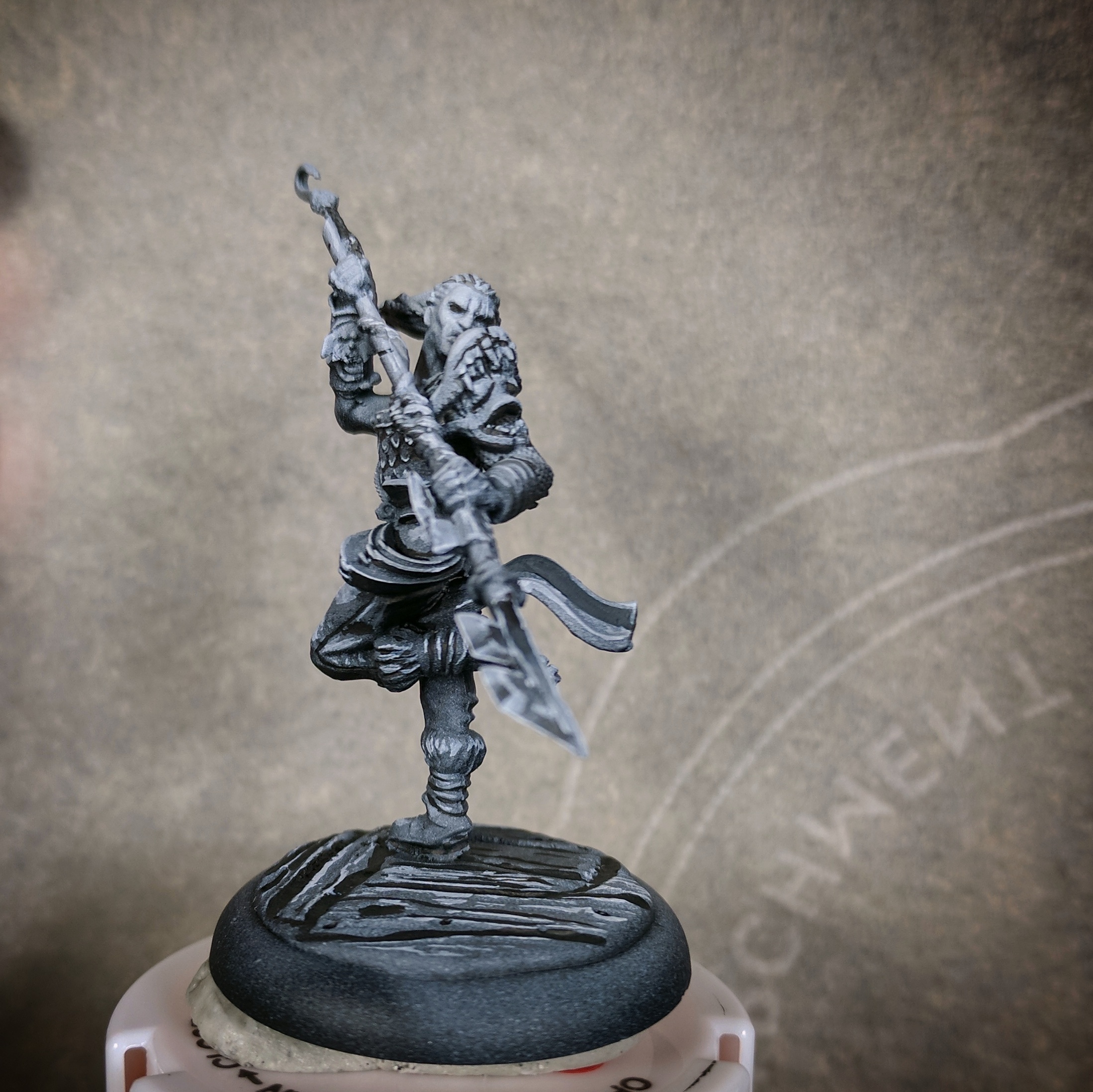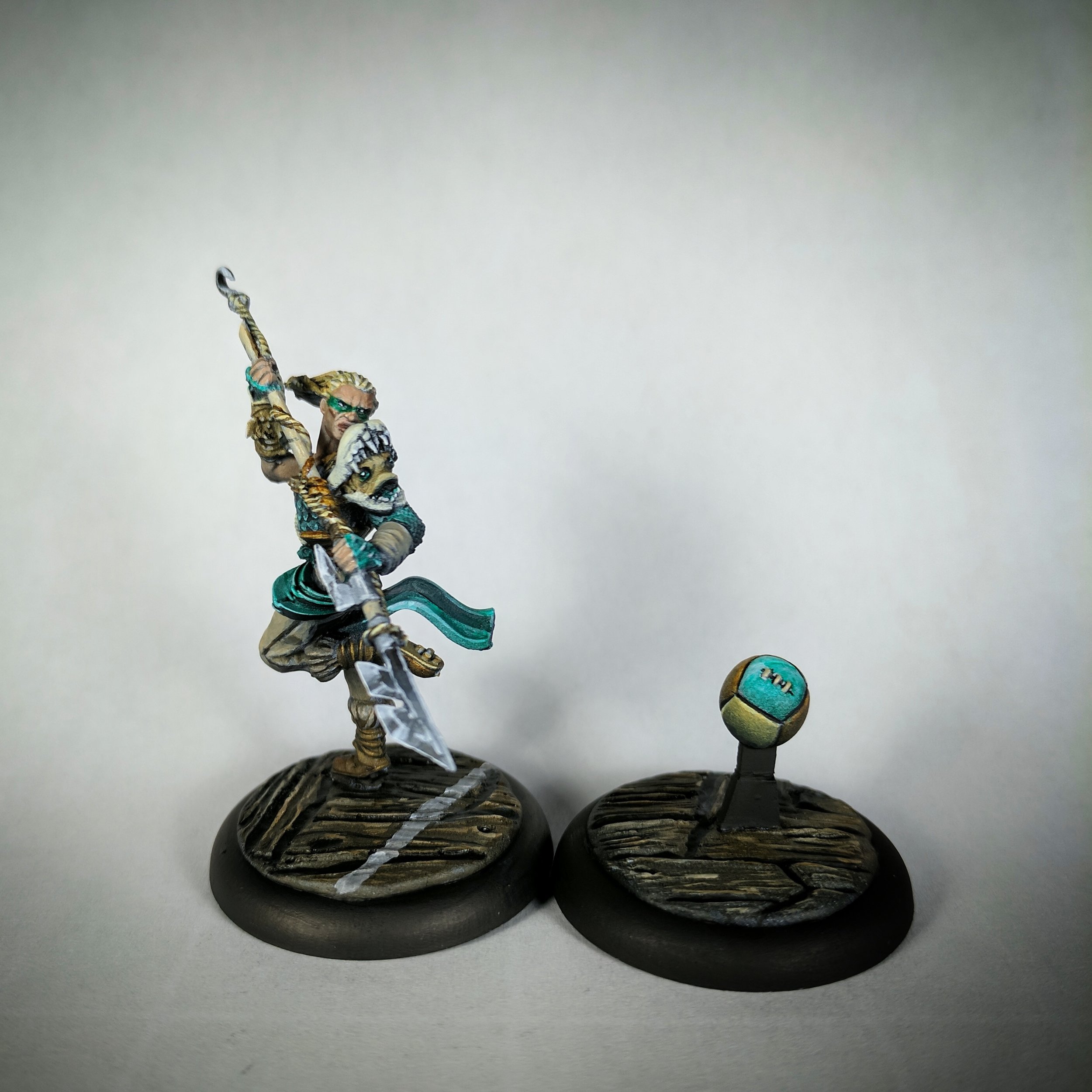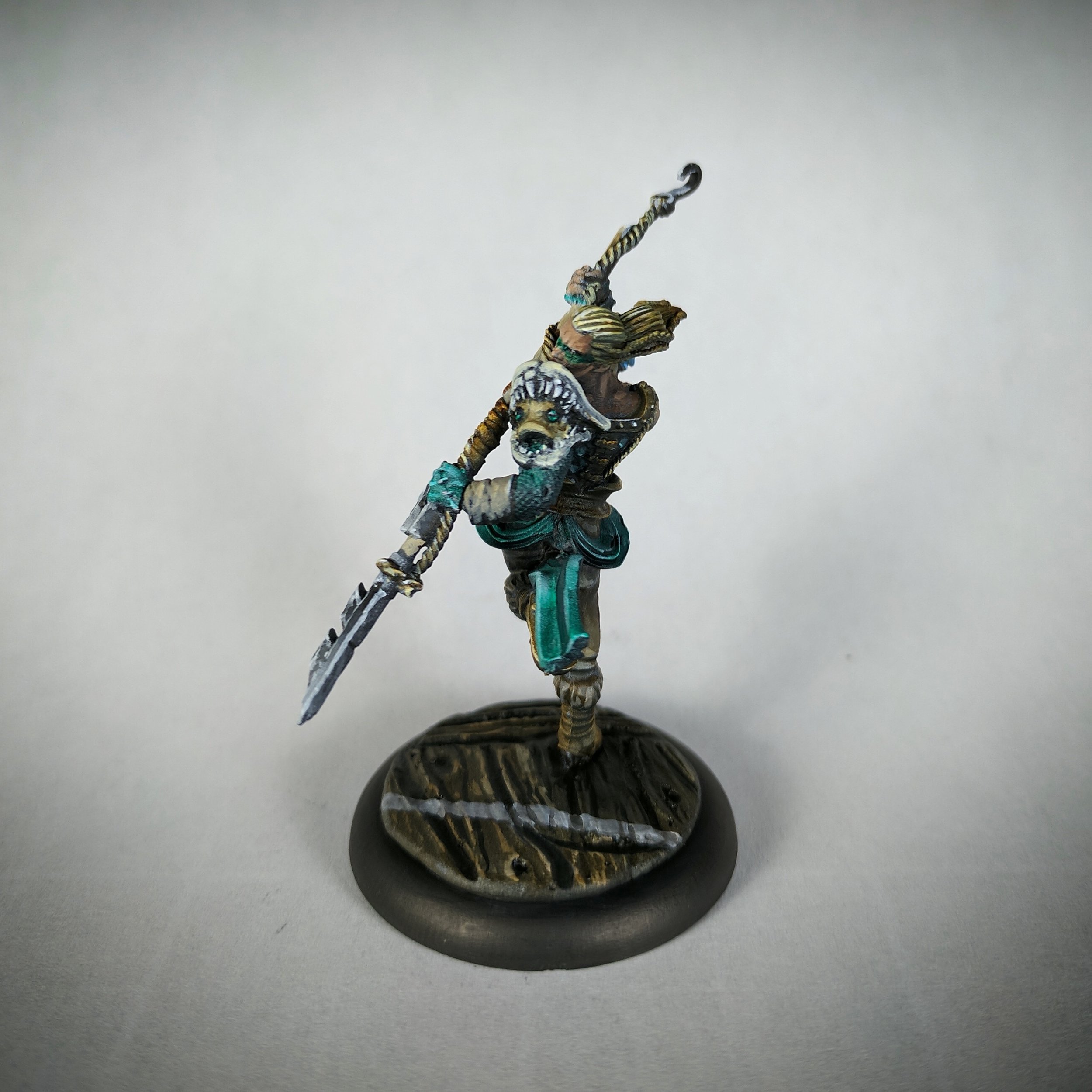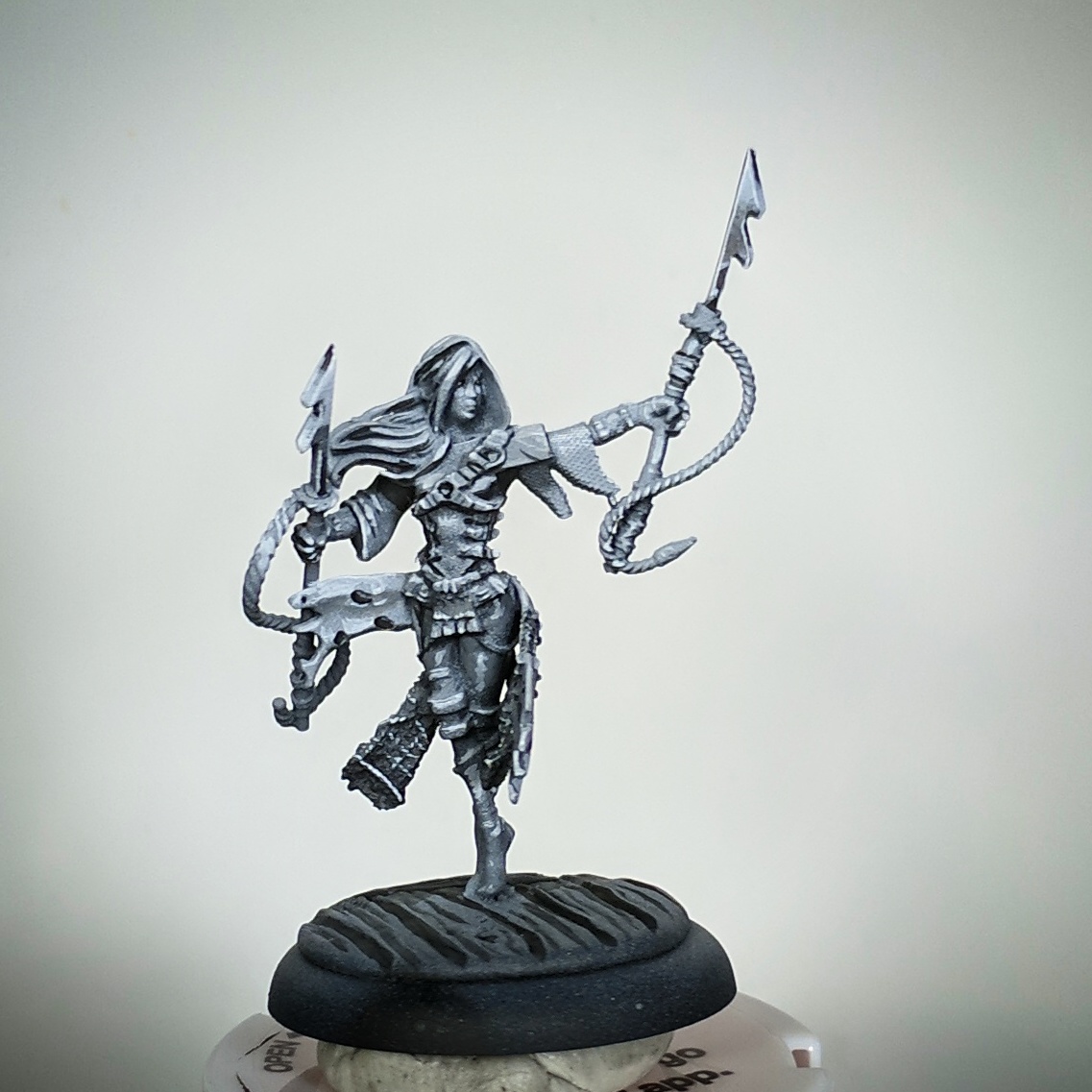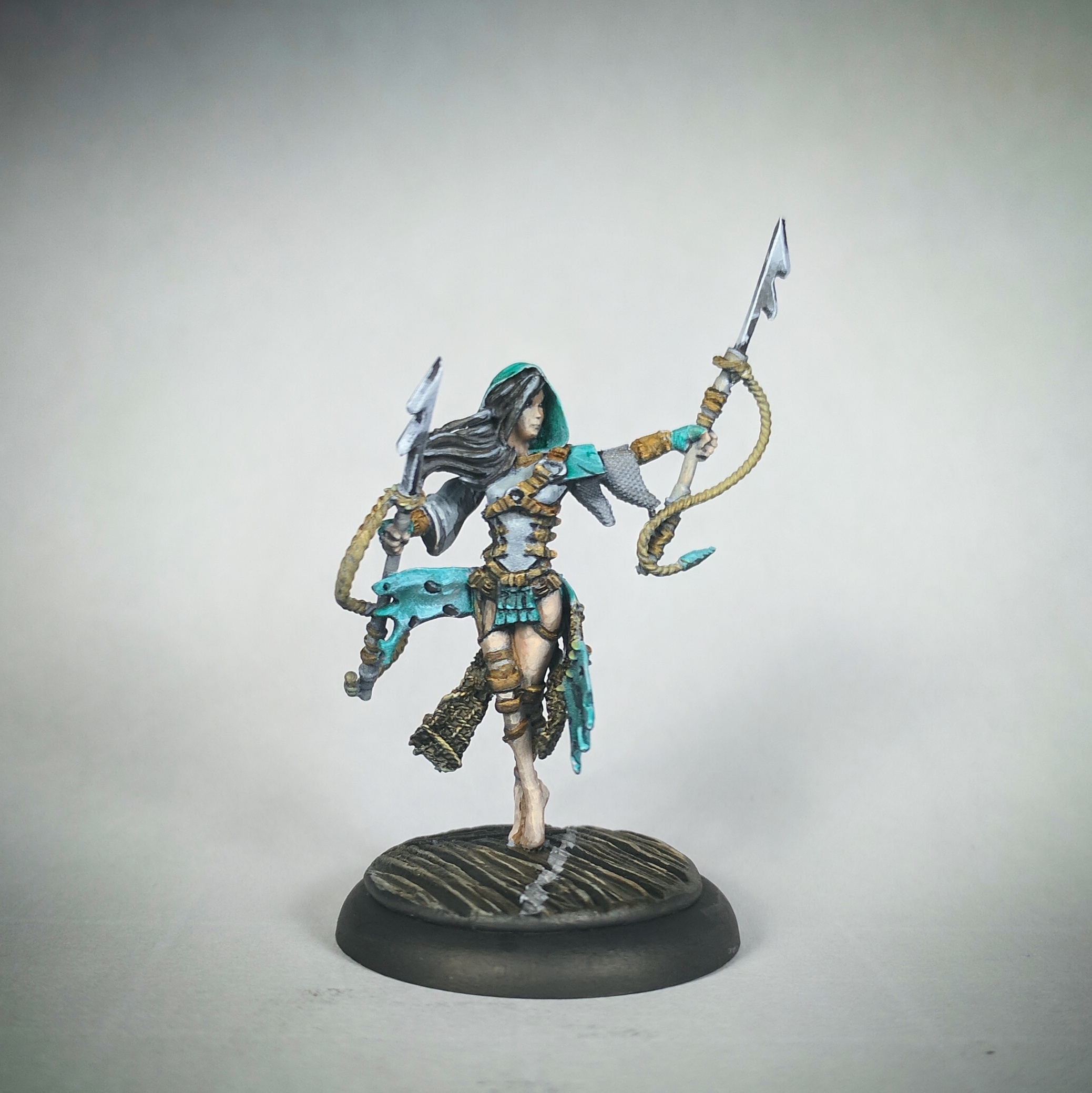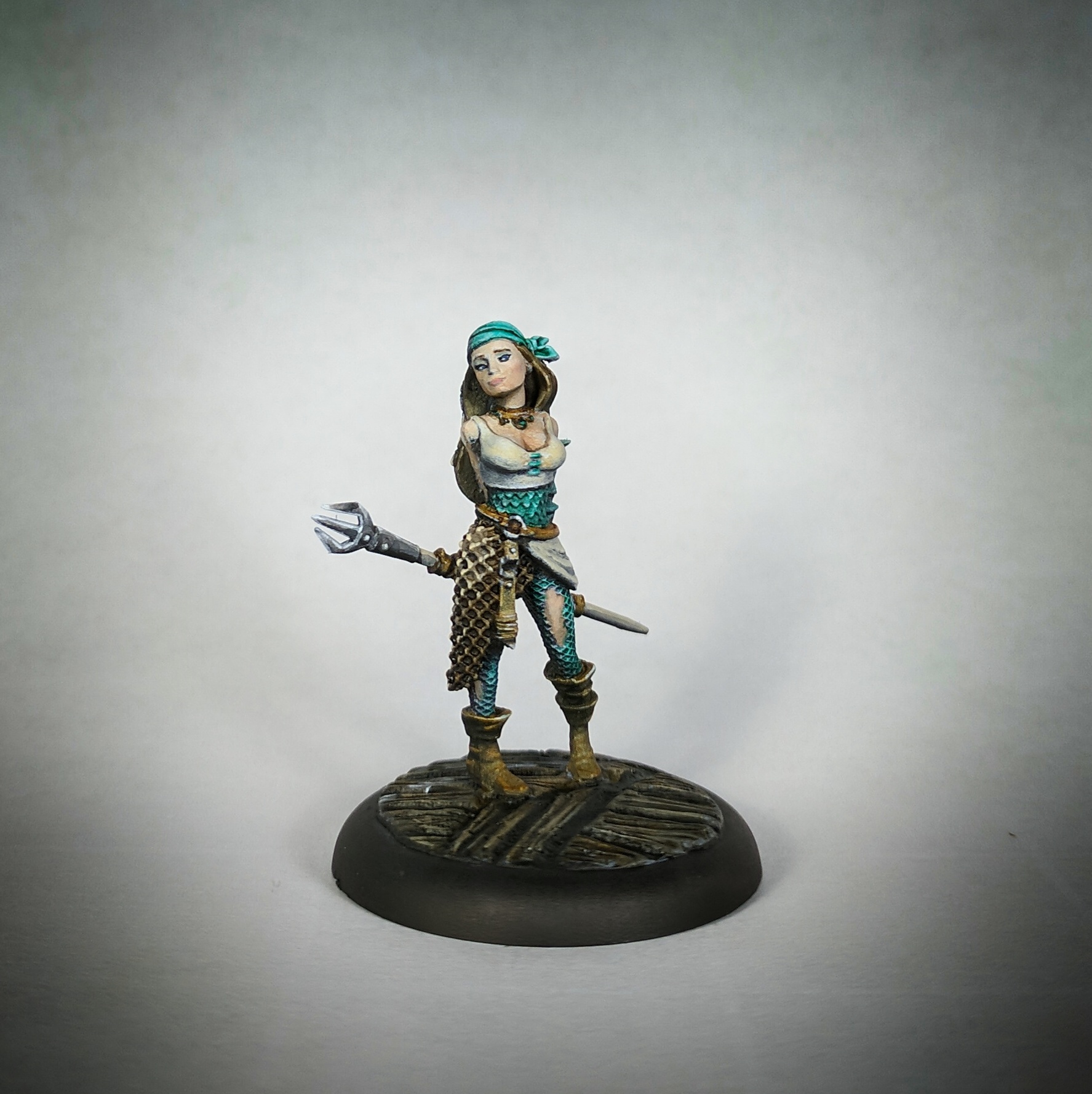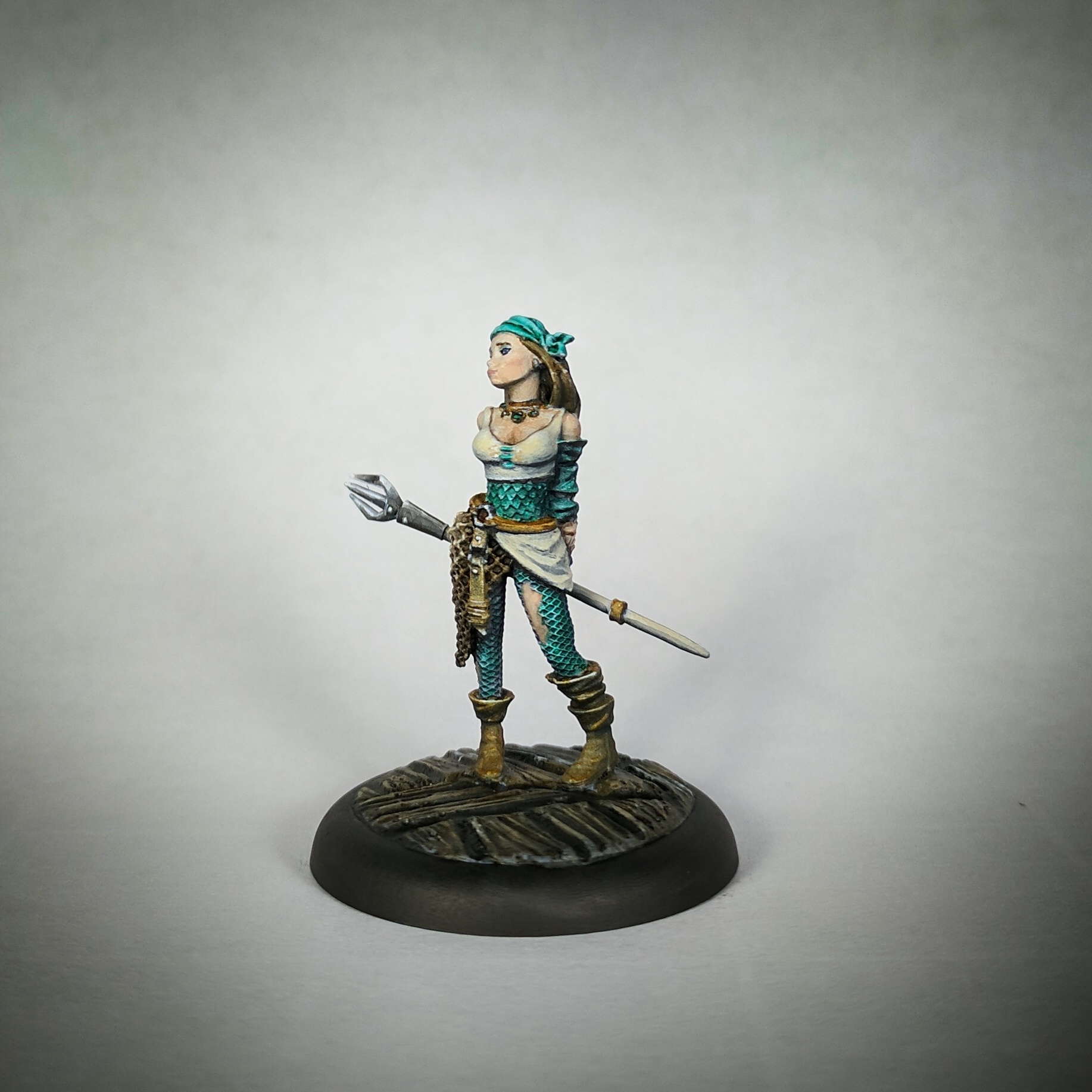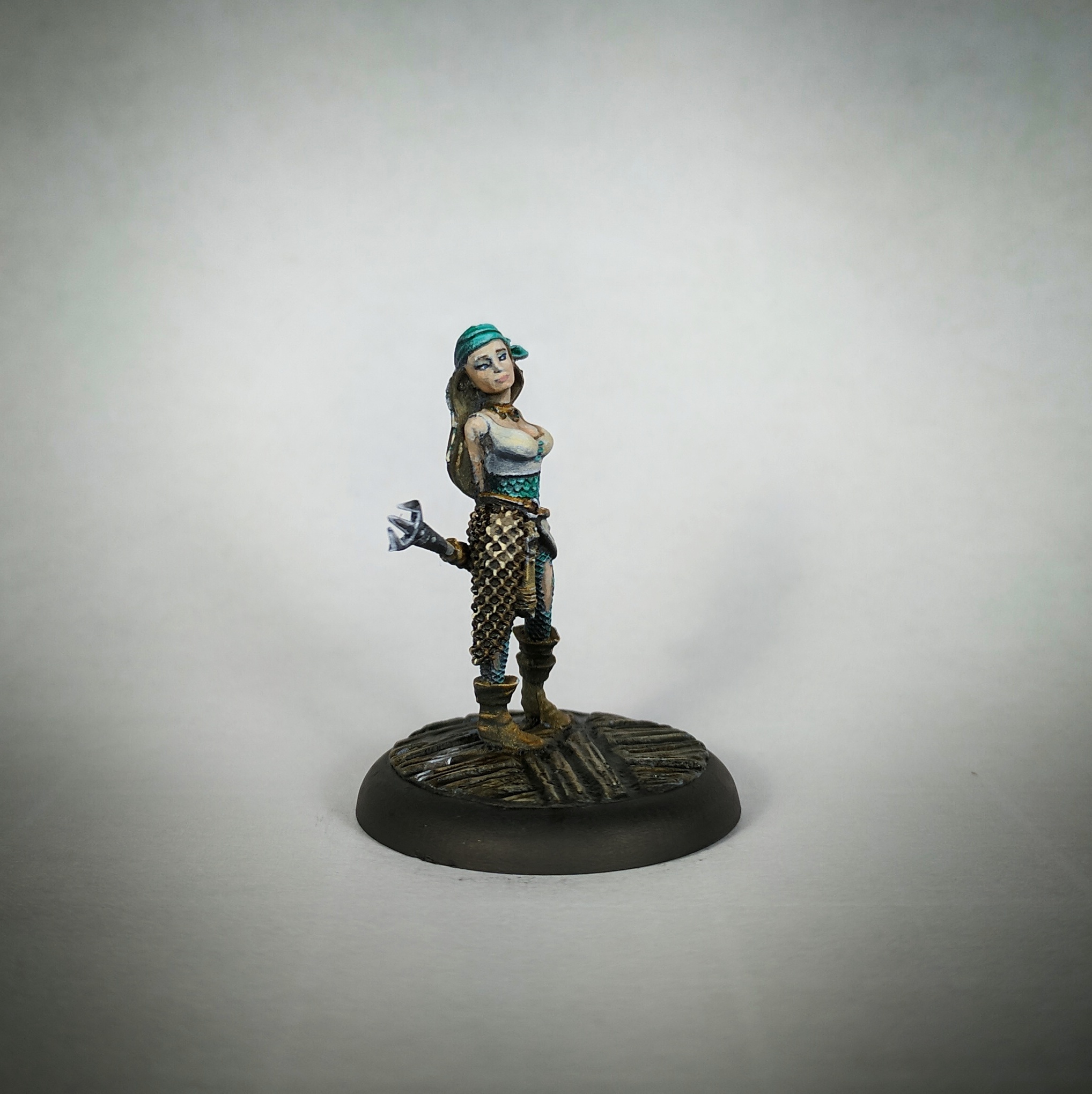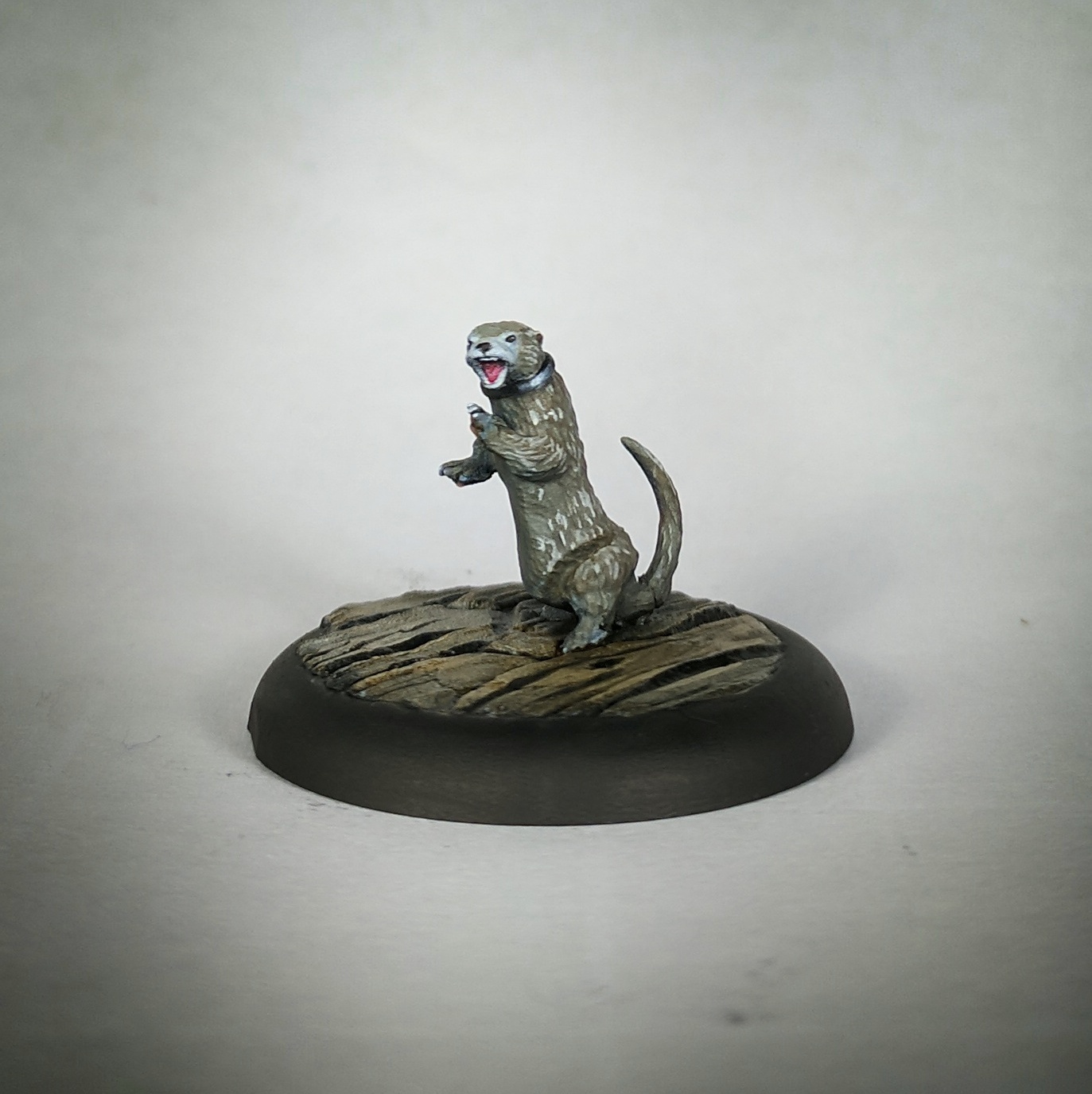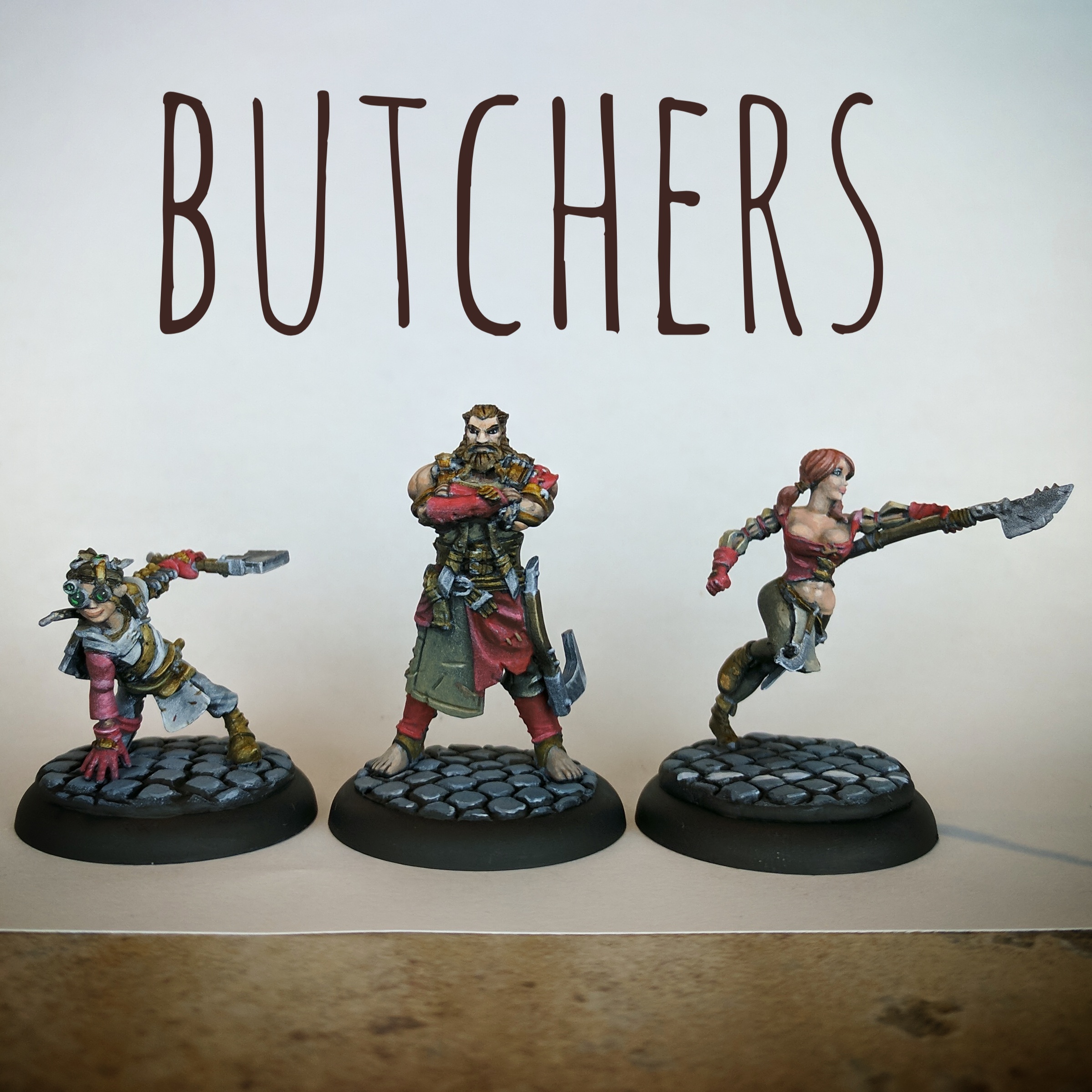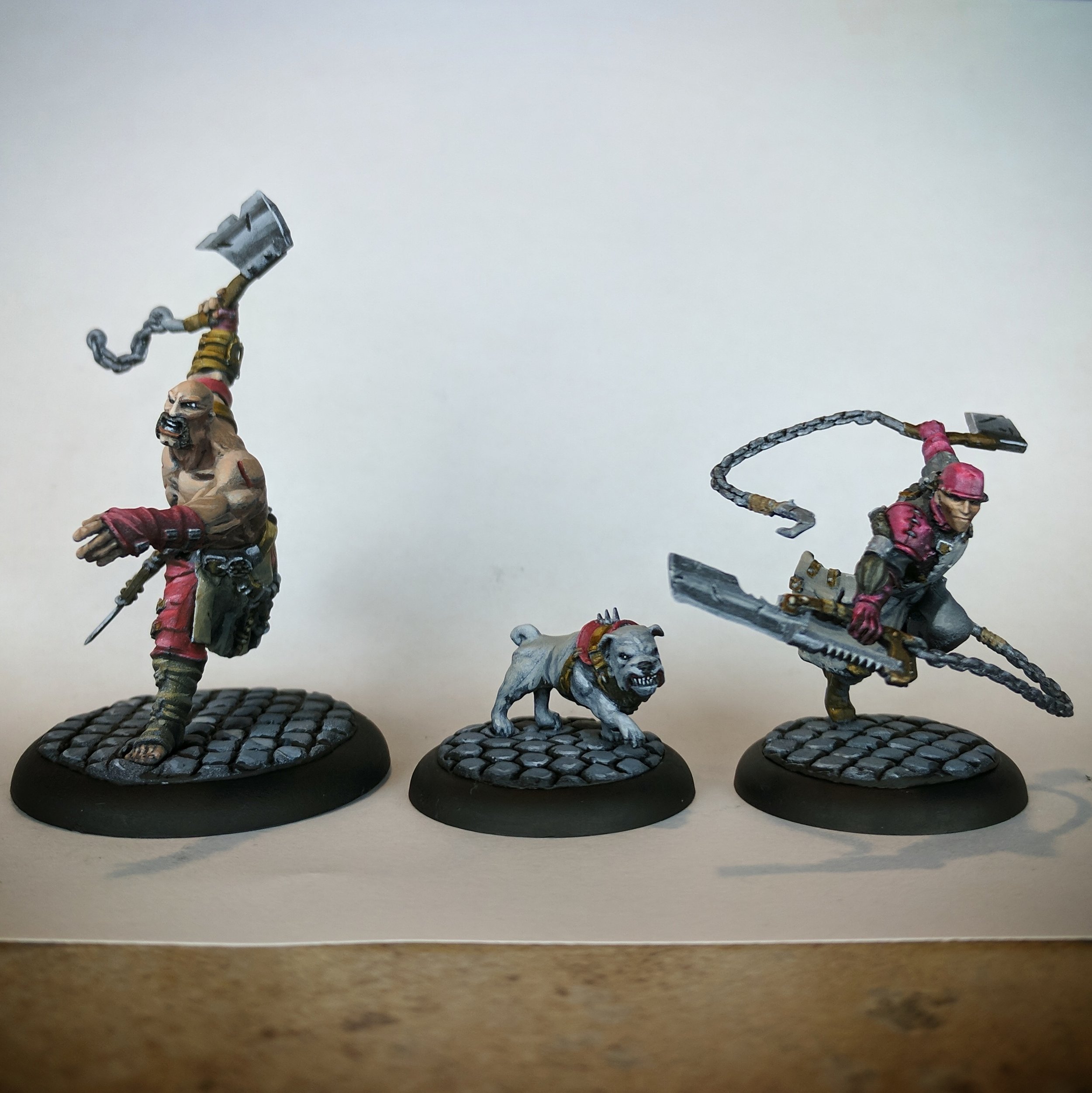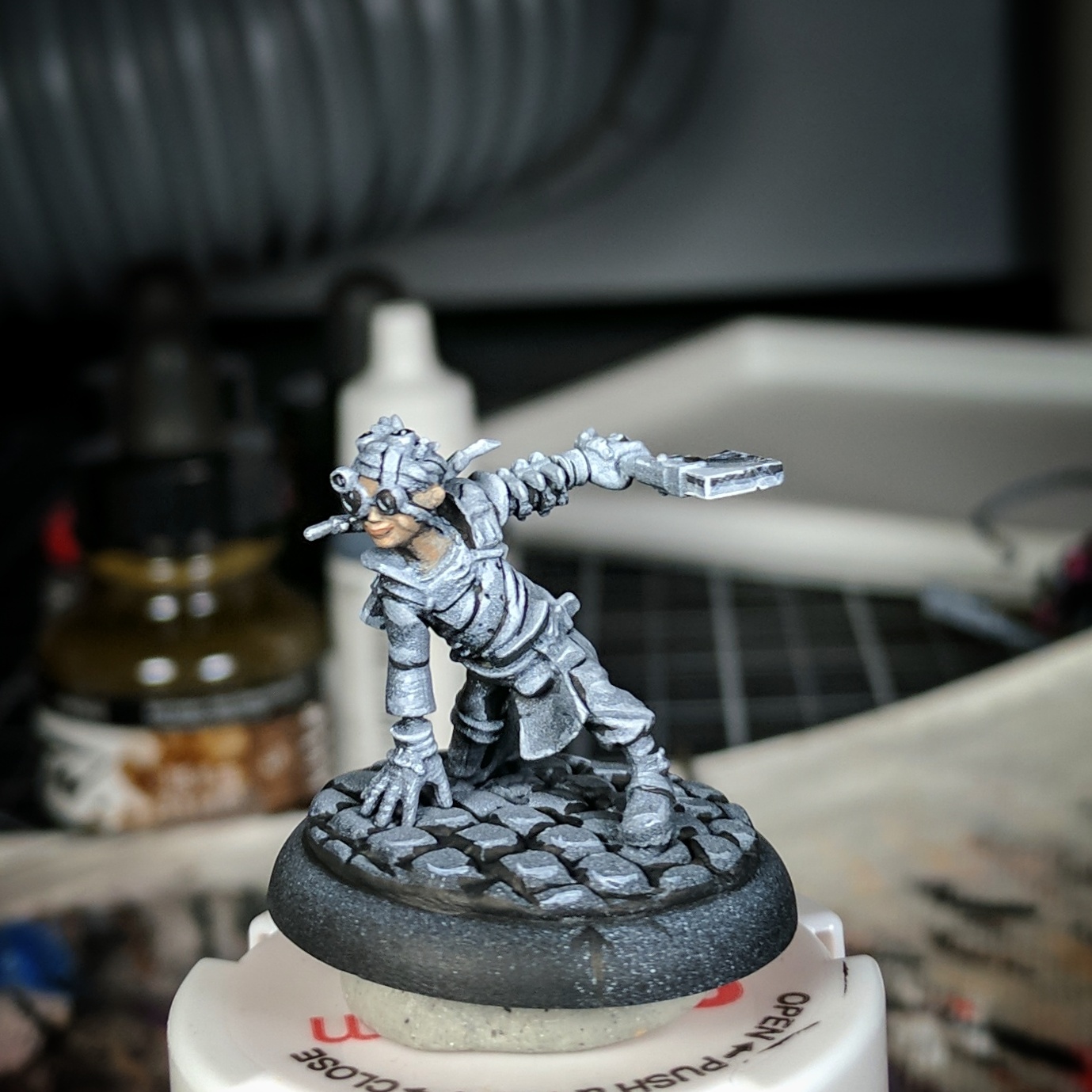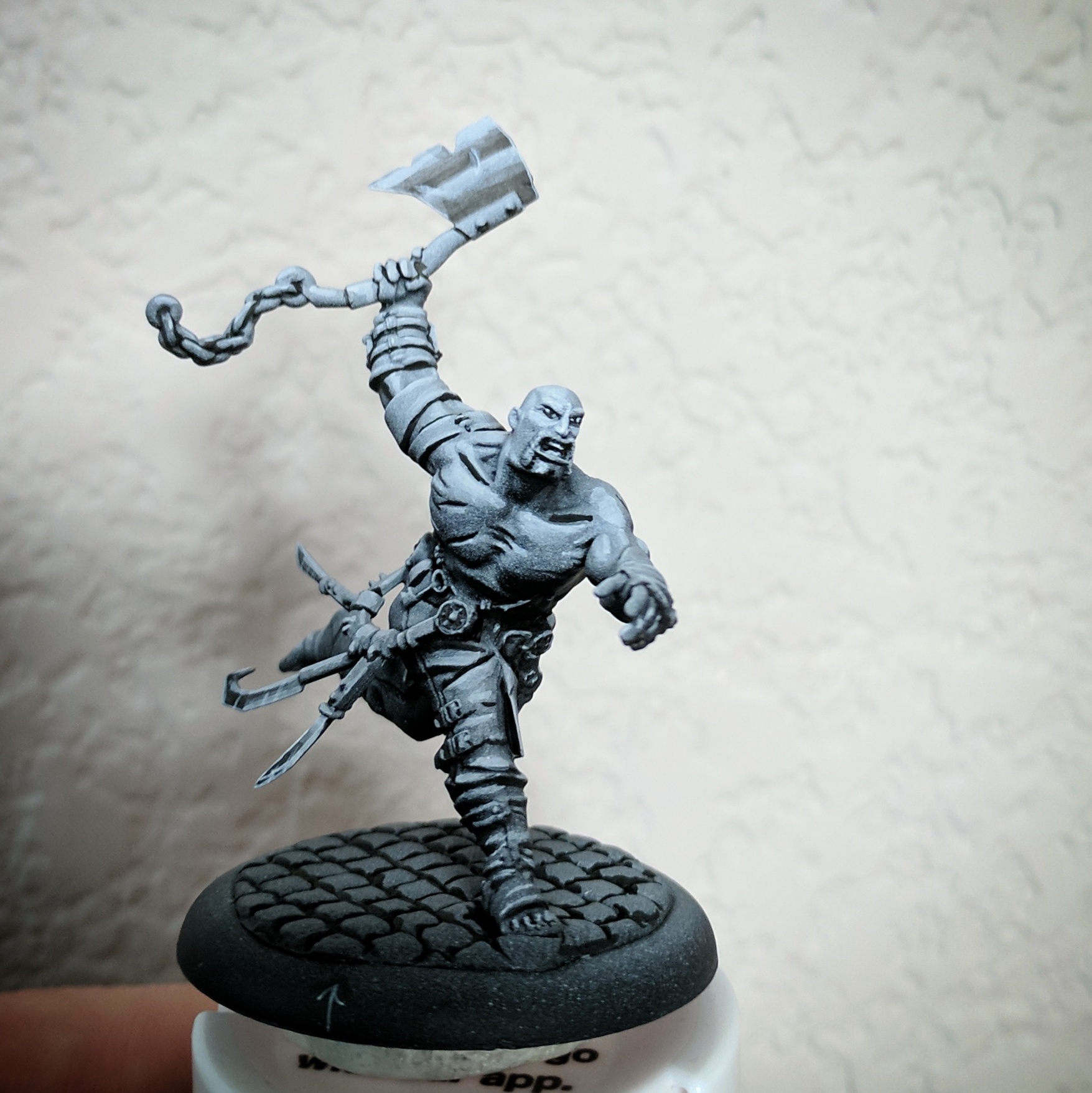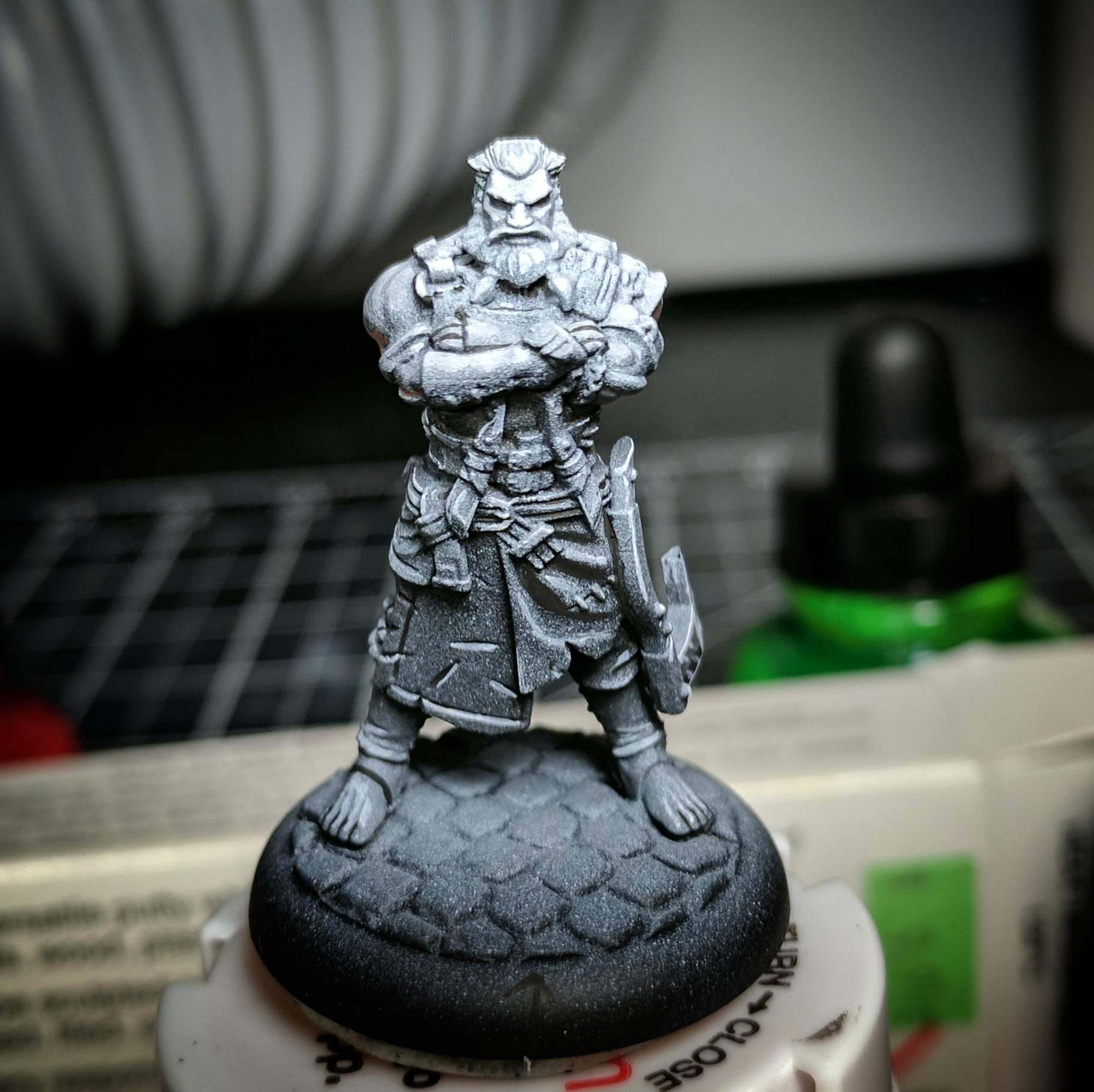Guild Ball: a Rookie Fisherman's Perspective
Since picking up my first Guild Ball box of the Fisherman's Guild, I have been hooked. It's a very modern miniature game with an entrancing amount of depth. It is like X-Wing combined with Malifaux and a dash of Warmahordes. Put those three in a blender, then inject steroids, and you have Guild Ball.
The part that fascinates me most about Guild Ball is how many resources a player has to deal with simultaneously. X-Wing for example really only has three resources when thought about it a high level: board state, unit, and initiative.
Malifaux adds a couple extra resources in the player's hand, soul stones, scenarios, and victory points.
Guild Ball has a similar number with the eight that I currently think about in the game:
- Score. The victory condition. First to 12 wins.
- Momentum. Required for scoring, and helps to make rolls more potent. Momentum is also critical in determining another resource: initiative.
- Influence. The resource that enbles models to act in the game. Called out separately from Board State because it forces important player choices.
- Board State. Primarily model and ball position. Board State is especially key in Guild Ball as it influences resource generation more than any other game with perhaps the exception of X-Wing.
- Initiative. Determines which model goes first. Also, without takeouts, determines who goes last. Generally derived from Momentum and a little luck.
- Models. More specifically, model's health, status, and attributes. One of the standard resources in wargaming. Perhaps this is combining too much as some teams emphasize the status or health of opponent models more than others
- Possession. The ball is an extremely useful tool, allowing resource generation, board state modification, and victory point accrual.
- Plot Cards. A static and limited resource that is only acquired at the start of the game. Plot Cards most frequently modify the positioning aspect of the Board State, but there are a few that modify Models.
Again, this is a rookie's understanding. It is an attempt to establish a framework for decision making before and during games.
Jac of the Fisherman's Guild beckons you into deeper understanding.
Let's lay out the resource priority for the first team and Captain that I have been playing, Shark from the Fisherman's Guild.
- Score.
- Board State.
- Possession.
- Influence.
- Models.
- Momentum.
- Initiative.
- Plot Cards.
The Fish under Shark value Score more than anything else. They are playing for a 3 goal game, always. Therefore, the resources that impact the team's ability to score are the most important: the Board State and Possession.
It follows that two things help inform team choice when selecting your roster. Characters that can impact the Board State dramatically are valued over Momentum generation and damage to other models.
Let's use this metric for some positional comparison. I am not implying that positions are more important than these values, just that they're a metric for comparing models.
Angel vs Sakana
The front of the card sees two models that play a similar game. 6"/8" movement and 8" kick are key statistics for a goal-focused team in board control. The dice difference between the two isn't huge, but it will enable Angel to take slightly riskier shots. Angel can spend an influence to get an extra die and 2" on her kicks, which is matched by Sakana's extra movement with Smoke Bomb and Cover of Darkness. On their base stats, they're tied at a full 18" of goal threat, meaning they can score from the Deployment Line if they can get an additional 2" of dodge. The 5+ DEF of Angel is roughly equivalent to Sakana's 4+ DEF/1 ARM as long as the player is avoiding scrums. They're also both 2/4 INF, but Angel can go super-solo if she's within 4" of Shark at 2/5.
The playbooks are where problems start to occur for Angel. While tackle on 1 is great, the lack of movement results until 2 on a 4 dice model means that she cannot reliably reposition. Combine that with a Melee Zone of only 1", and Angel's impact on Board State is limited. She does have a Momentous Tackle on 1, but Possession is less important than Board State for the Fish.
Meanwhile, Sakana's Momentous Dodge on 1 is critical for moving through a scrum. The non-Momentous tackle on 2 with 5 dice and 2" Melee Zone oddly makes him a more reliable choice for Possession as he can avoid counter-attacks. Both players have solid defensive skills between Nimble and Smoke Bomb, but Sakana's gives more control over the board for the same cost.
Sakana may not look like a striker, but the old pirate plays a mean game of football.
Ultimately, Sakana is better at achieving Shark's top two priorities than Angel, and should be included in the roster over her in general. Ultimately, Angel needs to be able to cheaply modify the Board State or take/maintain Possession better in order to make it on the team over Sakana.
These are the current evaluation criteria for Shark's team. It winds up with a roster like:
- Shark (Captain)
- Tentacles (Mascot)
- Sakana
- Siren
- Greyscales
- Jac
The last two slots are actually quite difficult to populate given Hag and Angel are also in there. Hag has a 14" goal range, and her Fisher's Reel opens up a lot of board control. Greyscales offers an immense amount of Possession pressure while Jac has a mountain of control over opponents.
Hag is much faster on the pitch than she looks. She's still not that fast...
This framework does not yet take into account the opposing team, and that WILL impact roster decisions. It's a start though, and given my limited time for games due to life, gives me a framework to check results against.






